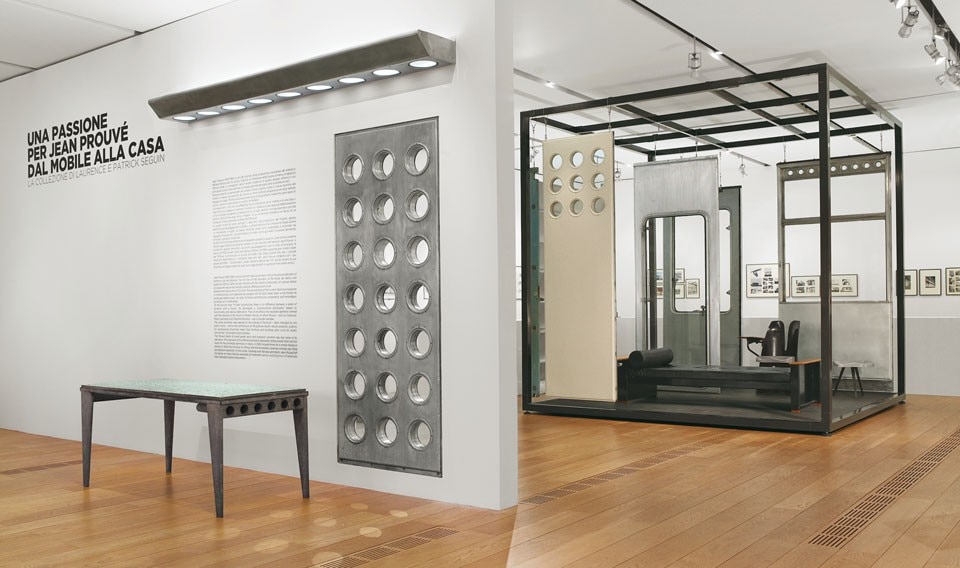
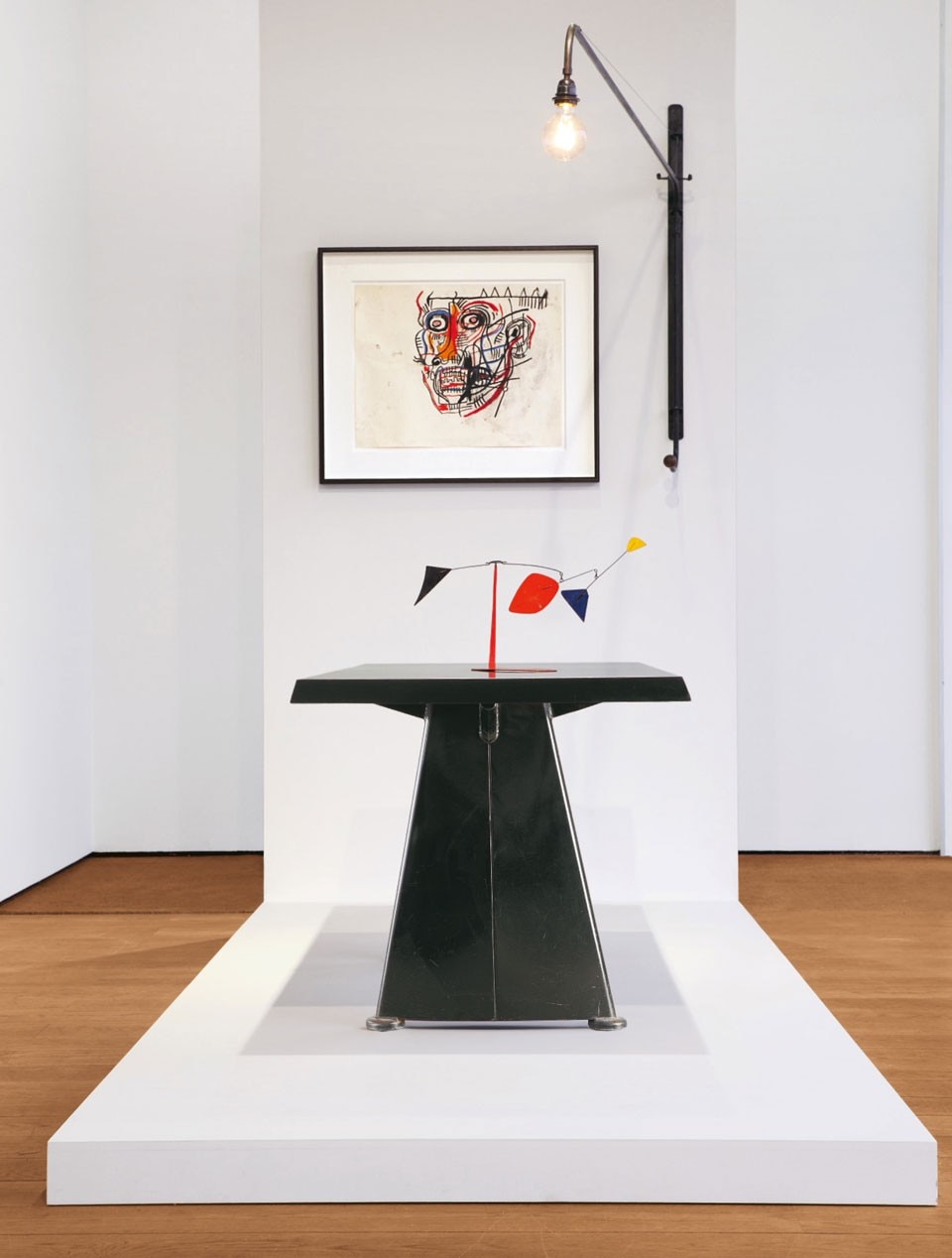
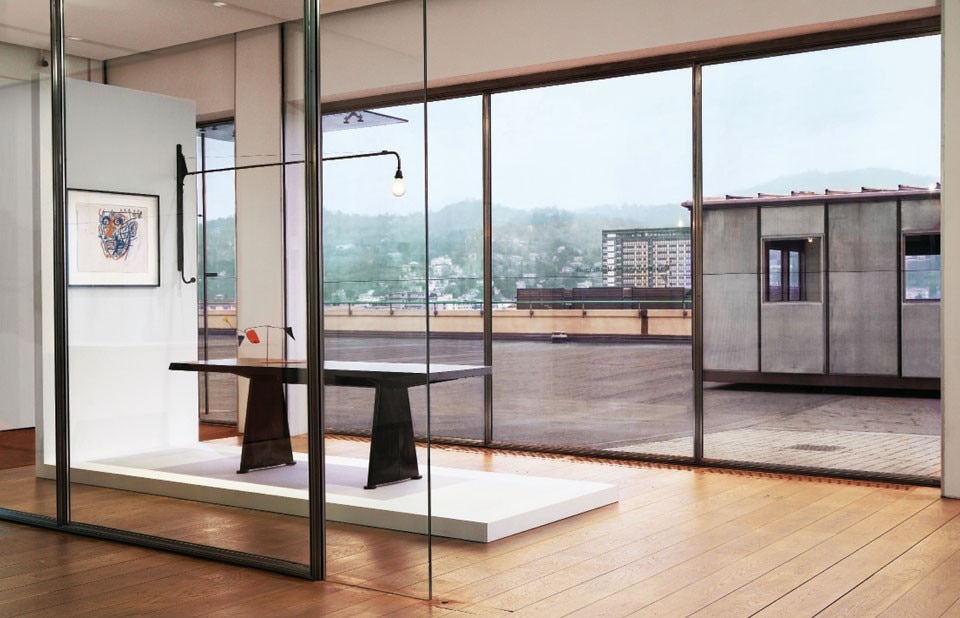
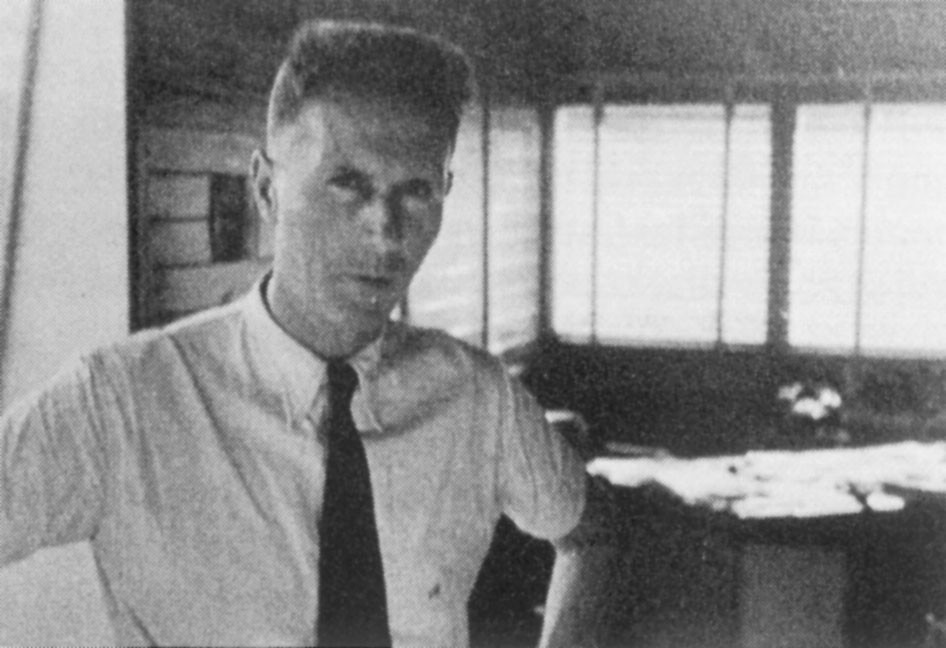
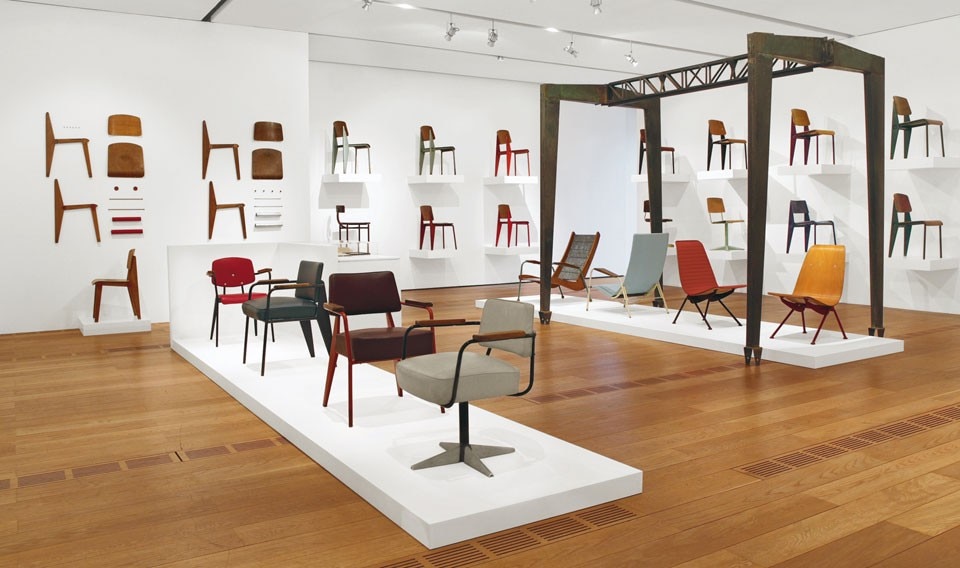
Through 8 September 2013
A Passion for Jean Prouvé: From Furniture to Architecture
Pinacoteca Giovanni e Marella Agnelli
via Nizza 230/103, Turin

Notes:
1. “Je ne suis qu’un ouvrier. Dans le fond, je suis parti de là et je pense que tout ce que j’ai fait dans la vie, je l’ai fait très simplement, sans me poser de questions profondes”, in Jean Prouvé par lui-même, edited by A. Lavalou, Editions du Linteau, Paris 2001, p. 11.
2. Reyner Banham, "Jean Prouvé: the thin, bent detail", in The Architectural Review, no. 131 April 1962, pp. 249-252; "Jean Prouvé: il sottile dettaglio ricurvo", in Id., Architettura della seconda età della macchina. Scritti 1955-1988, M. Biraghi (ed.), Electa, Milan 2004, pp. 96-103.
3. See Charlotte Perriand, A Life of Creation, New York, The Monacelli Press 2003; Io, Charlotte tra Le Corbusier, Léger e Jeanneret, Roma-Bari, Laterza 2006, p. 262;
4. Jean Prouvé par lui-même, …op. cit., p. 73.
5. Bernard Marrey, L’abbé Pierre et Jean Prouvé. La maison des jours meilleurs, Editions du Linteau, Paris 2010.



